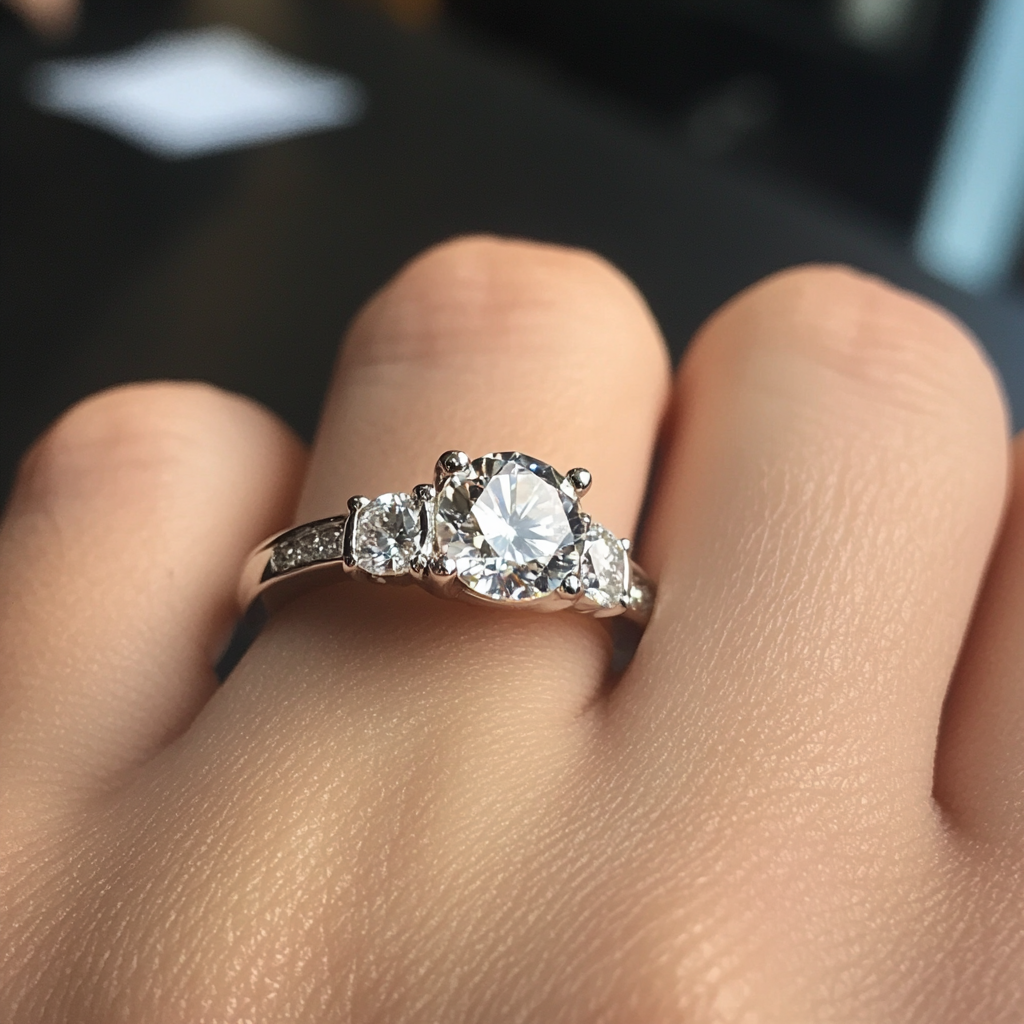AV_
Ideal_Rock
- Joined
- Aug 5, 2018
- Messages
- 3,889
"Too much" is what I'm aiming for!
It is!
I sort of remember that the ring with pears & two marquises adds up to about five carats; truth be told, I have no idea if a version with rounds makes sense.
"Too much" is what I'm aiming for!
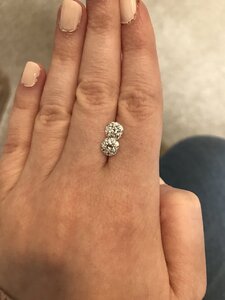
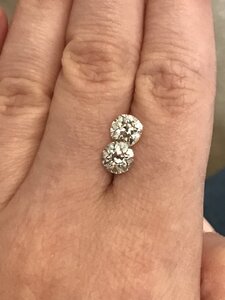
Also here are the other numbers, for anyone curious, since we don't talk about OEC numbers much (hi @sledge this may be of interest to you!) :
It has me interested in the proportions of my other OECs - I suspect they're mostly pretty close to the first one because I definitely have a look I like.
Interesting - by this chart, the AVRs with pointed culets don't meet GIA's definition of OECs.
That might be part of @Rhino ’s logic in maximizing performance but working collaboratively with GIA to differentiate the proprietary cut of AV from stones cut in olden days. My understanding from watching the lecture video where the issue was discussed, was that each camp was very respectful in considering each other’s perspectives.
That might be part of @Rhino ’s logic in maximizing performance but working collaboratively with GIA to differentiate the proprietary cut of AV from stones cut in olden days. My understanding from watching the lecture video where the issue was discussed, was that each camp was very respectful in considering each other’s perspectives.
(For anyone who doesn't want to backread - the bottom stone under the table turned all off or all on - and only rarely the latter - it didn't, like, scintillate. Which it now does.)
ALSO that stuff that I thought was inclusions and everyone else thought was dirt but I could not for the life of me clean off? Gone. It was dirt. It just needed a much, much more serious cleaning than I was giving it.
Also here are the other numbers, for anyone curious, since we don't talk about OEC numbers much (hi @sledge this may be of interest to you!) :
Stone 1 (unaltered):
ct 1.14
Diameter 6.54mm
Depth 65.48%
Crown Height: 18.45%
Pav Depth: 43.89%
Culet size: 4.96%
Table size: 44.1%
Crown angle: 32.83
Pav angle: 43.09
Star length: 42.8%
Lower halves: 55.2%
Girdle Thickness: 2.98%
Girdle min-max: Extremely thin to very thin
Stone 2 (original):
ct 1.21
Diameter 6.6mm
Depth 65.88%
Crown Height: 17.98%
Pav Depth: 43.19%
Culet size: 9.98%
Table size: 48.3%
Crown angle: 35.13
Pav angle: 44.01
Star length: 40.2%
Lower halves: 51.5%
Girdle Thickness: 4.30%
Girdle min-max: Extremely thin to very thin
Stone 2 (post recut):
ct 1.17
Culet size: very large
Table size: 45%
Crown angle: 33
Pav angle: 44
Star length: 40%
Lower halves: 50%
Girdle Thickness: 5.5%
Compare to the stats of the AVR I bought the other week:
ct 0.745
Diameter: 5.7mm
Depth 65.3%
Crown Height: 18%
Pav Depth: 44.1%
Culet: pointed
Table size: 49.2%
Crown angle: 35.3
Pav angle: 41.4
Girdle min-max: thin to slightly thick
It has me interested in the proportions of my other OECs - I suspect they're mostly pretty close to the first one because I definitely have a look I like.
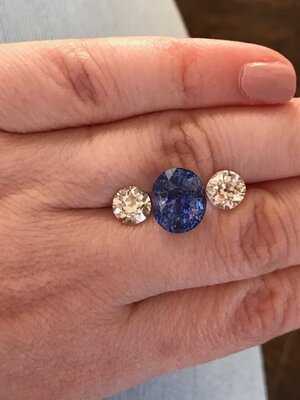
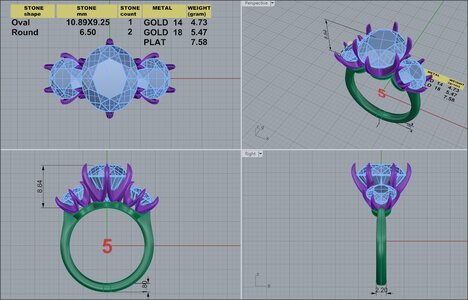
How exciting!!!
